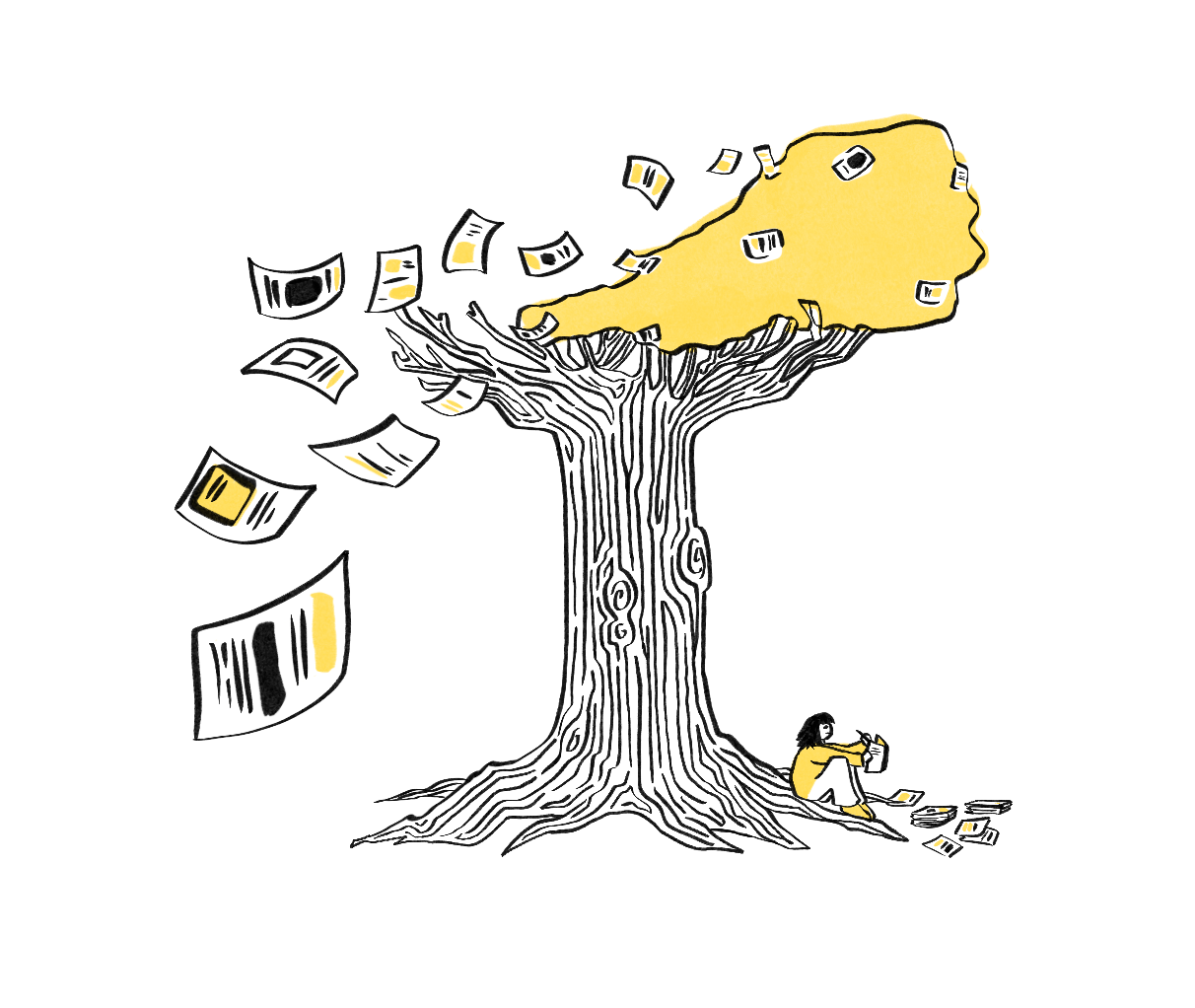An artist's work can be very influential, whether the reader, or even the artist, may realise it or not. This is why artists need to think carefully about messages and/or ideas that they're portraying in their artwork, who they're representing and what stories they're telling.
John D Saunders wrote an article on https://www.blackillustrations.com about the importance of representation in media (including art) and this quote sums up his point: "When we see people who look like us, who have similar experiences as us, or who belong to groups that are often marginalized or misrepresented, it can be very empowering and can help us feel included and understood." Illustrations in any form, especially narrative settings such as comics or graphic novels, can make this happen by telling stories that provide an opportunity to "not to ignore each other’s differences but to embrace them while also highlighting our similarities," - (Sonia Alejandra Rodríguez about Molly Mendoza's "Freedom, we sing" on https://latinosinkidlit.com).
Another issue artists must consider is the sustainability of the materials they use while producing artwork. The production of paper is a large contributor to deforestation and water waste, and many inks and paints (oil-based ones) release harmful chemicals and do not biodegrade. Artists have alternatives they can use that are environmentally friendly, such as recycled paper, stone paper, water-based inks etc. Artists can influence others to use these more sustainable materials, especially if they're well-known artists with a large audience and a platform to promote these suggestions.
